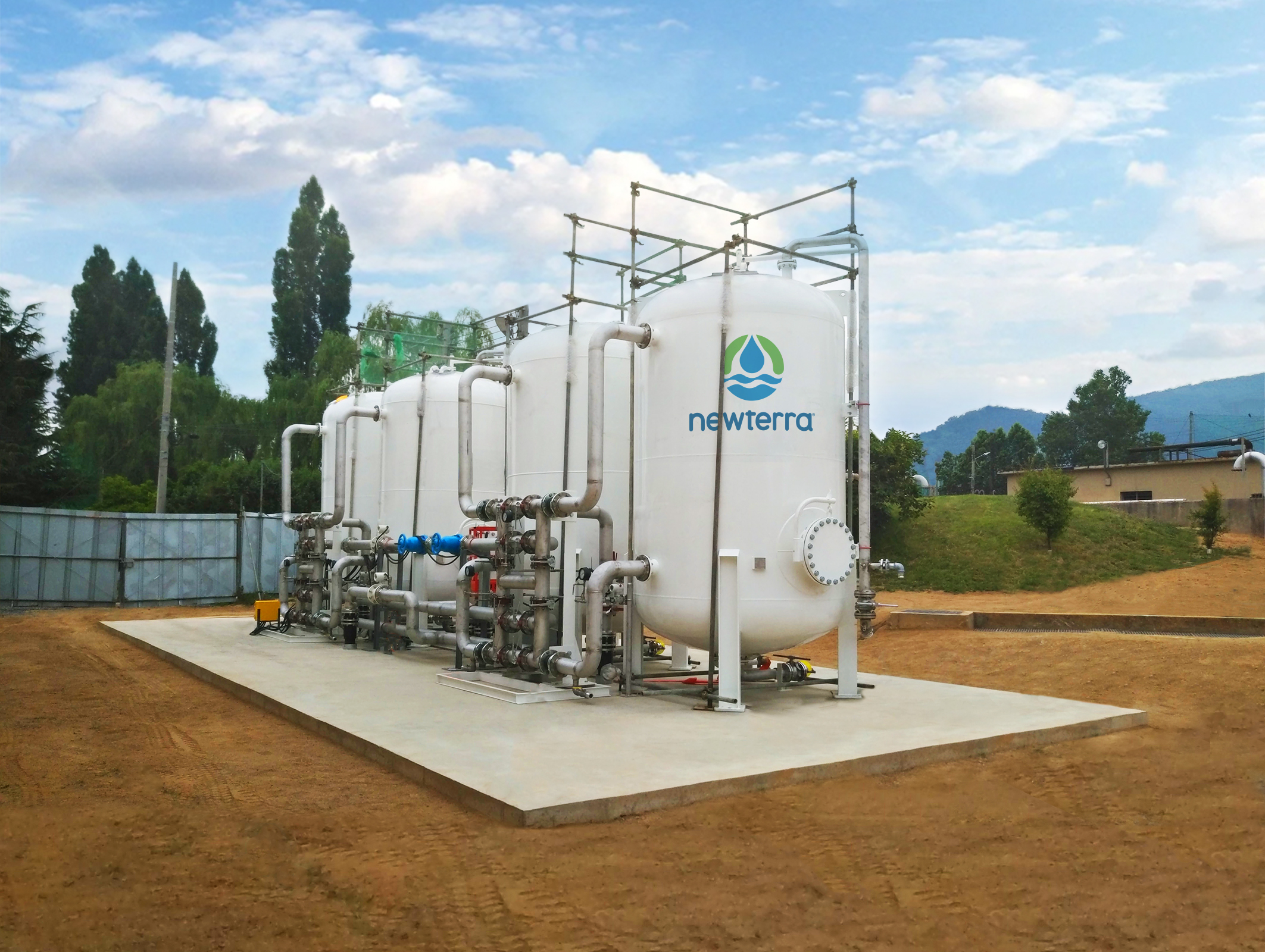PFAS Waste Management in Industrial Operations to Minimize Environmental Harm
Wiki Article
Cutting-edge PFAS Therapy Solutions for Safer Water
The increasing prevalence of PFAS contamination in water supplies requires a critical assessment of innovative treatment services. Furthermore, emerging bioremediation techniques use an even more lasting technique to tackling PFAS difficulties. pfas management.Overview of PFAS Contamination
PFAS contamination has emerged as a substantial ecological and public wellness concern. Per- and polyfluoroalkyl substances (PFAS) are a group of synthetic chemicals known for their persistence in the setting and human body, leading them to be typically referred to as "for life chemicals." These substances have actually been widely used in numerous markets, including firefighting foams, water-repellent materials, and food product packaging, mainly due to their water- and grease-resistant buildings.The widespread usage of PFAS has actually resulted in their detection in soil, water supplies, and even in the blood of people and animals. Studies have actually connected PFAS exposure to various health problems, including developmental impacts in babies, immune system disorder, and different types of cancer. Furthermore, the environmental perseverance of these compounds complicates their destruction and removal, raising worries concerning long-term ecological influences.
Regulative bodies are significantly executing stringent standards to keep an eye on and reduce PFAS levels in alcohol consumption water and various other environmental mediums. As awareness of PFAS contamination expands, it has actually ended up being essential for communities and sectors to seek effective treatment remedies to alleviate exposure and guard public health.
Advanced Filtration Technologies
As the seriousness to attend to PFAS contamination increases, advanced purification innovations have arised as an essential element in the removal initiatives focused on removing these consistent chemicals from water sources. These technologies utilize sophisticated devices to efficiently target and record PFAS substances, which are infamously immune to conventional treatment approaches.Among one of the most encouraging strategies is using granular triggered carbon (GAC), which adsorbs PFAS particles due to its high surface and porous structure. This method has been commonly implemented in both community and industrial settings, demonstrating substantial reductions in PFAS focus. Furthermore, ion exchange materials have acquired traction, especially developed to precisely bind PFAS ions from water, therefore promoting their removal.
Membrane filtering modern technologies, such as reverse osmosis and nanofiltration, likewise show efficiency in PFAS removal by physically dividing pollutants from water - pfas management. These systems can achieve high levels of pureness, making them appropriate for alcohol consumption water applications
Chemical Therapy Innovations
Numerous chemical therapy developments are being checked out to properly address PFAS contamination in water materials. One encouraging method includes using advanced oxidation processes (AOPs), which make use of effective oxidants such as ozone, hydrogen peroxide, or chlorine dioxide incorporated with UV light to damage down PFAS substances right into much less harmful compounds. This approach has actually demonstrated effectiveness in research laboratory settings, revealing potential for scalability in real-world applications.An additional innovative method is the development of ion-exchange materials specifically designed to target PFAS. These resins can uniquely adsorb PFAS substances from water, enabling their elimination throughout treatment procedures. Current advancements have improved the performance and capacity of these resins, making them a desirable alternative for water therapy centers.
Furthermore, scientists are examining using chemical agents like persulfate and ferrous ions to improve the destruction of PFAS in infected water. These representatives can induce chemical responses that help with the failure of relentless PFAS substances.
Emerging Bioremediation Techniques
Recent innovations in chemical therapy innovations have actually led the way for checking out bioremediation strategies as a feasible choice for resolving PFAS contamination. Bioremediation uses the natural metabolic procedures of microbes to break down or transform toxins, making it an enticing strategy for dealing with persistent impurities like PFAS.
Arising techniques in bioremediation include using genetically engineered microbes that can particularly target and break down PFAS substances. These microbial strains are being developed for their improved deterioration capacities, enhancing the performance of the remediation process. In addition, scientists are examining the capacity of plant-assisted bioremediation, where specific plant types may uptake and withdraw PFAS from contaminated soil and water.
One more promising method is the application of bioaugmentation, which involves introducing advantageous bacteria into infected settings to improve the degradation of PFAS. This approach can assist in faster removal timelines and improve total efficiency.

Regulative Structures and Criteria
A detailed regulative structure is necessary for properly taking care of PFAS contamination and making certain public wellness defense. The raising acknowledgment of per- and polyfluoroalkyl materials (PFAS) as toxic wastes has triggered different federal and state agencies to develop criteria that control their visibility in water materials. The U.S. Environmental Security Agency (EPA) has actually developed health and wellness advisories and is working toward establishing enforceable limitations for PFAS in alcohol consumption water.State-level regulations differ significantly, with some states adopting stricter standards than those recommended by the EPA. These guidelines typically include optimum impurity levels (MCLs) for specific PFAS substances, tracking requirements, and reporting commitments for water energies. Additionally, arising frameworks concentrate on the removal of contaminated websites, emphasizing the demand for efficient therapy innovations.

Verdict
Finally, the development and execution of cutting-edge PFAS treatment solutions are essential for attending to the pervasive issue of water contamination. Advanced purification innovations, chemical treatments, and arising bioremediation methods jointly provide a multifaceted strategy to efficiently reduce and break down PFAS levels. As governing frameworks remain to advance, integrating these modern technologies will certainly be vital to protect public health and wellness and recover the honesty of infected water resources, inevitably contributing to a cleaner and more secure environment.Report this wiki page